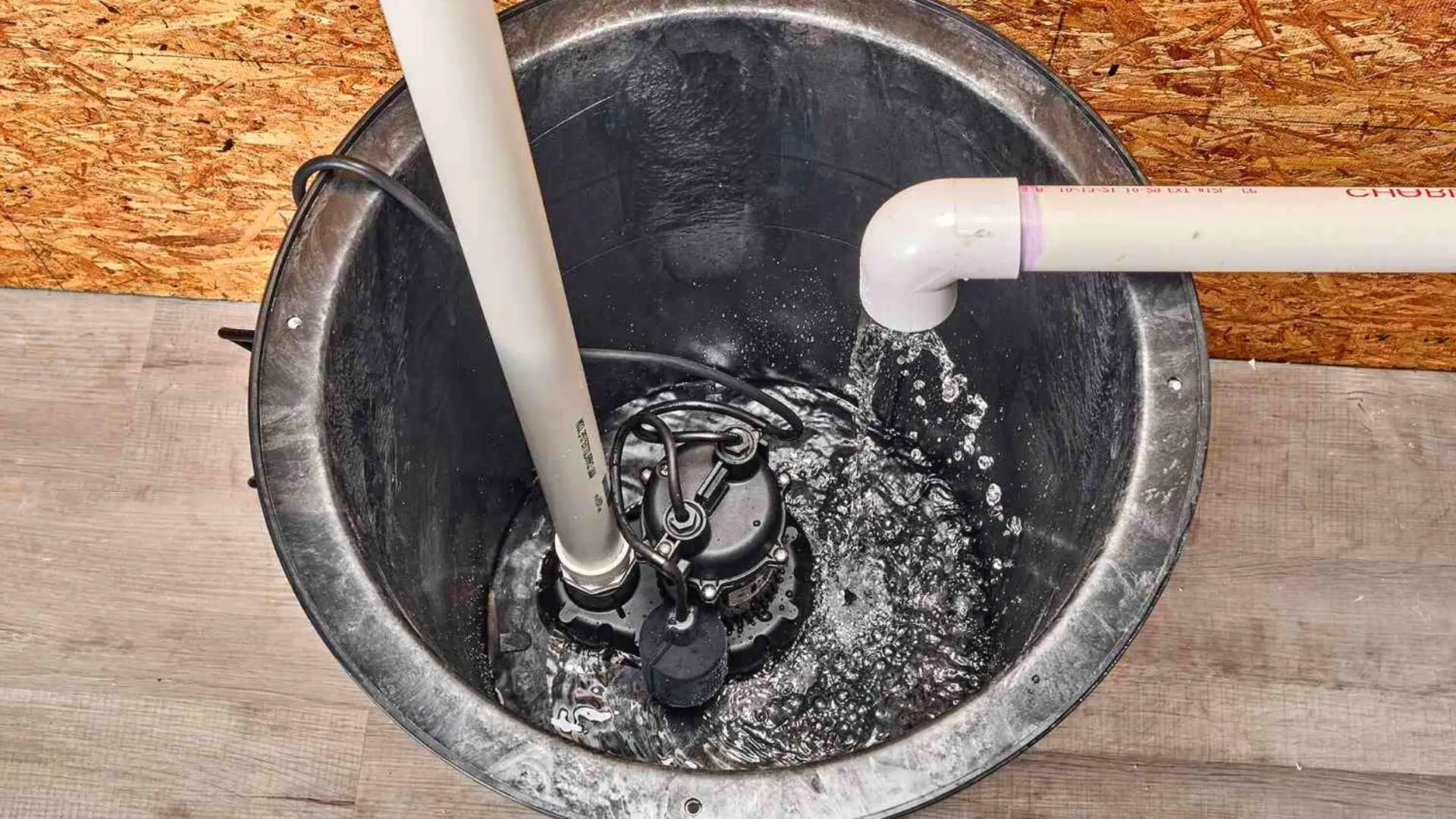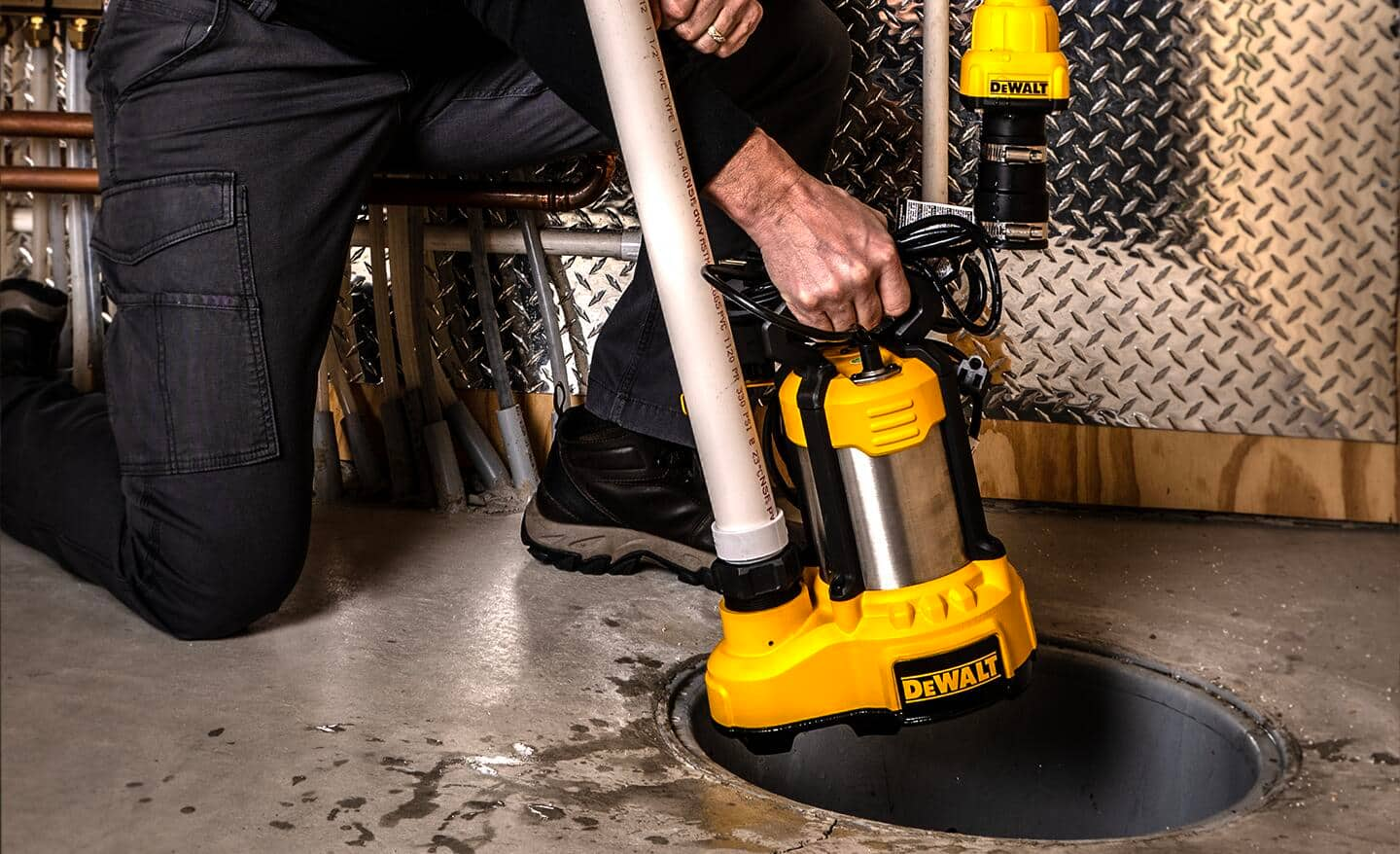Recommended Techniques for Maintaining a Sump Pump
Visit UrlPresented here underneath you can discover more dependable additional info relating to How To Effectively Clean A Sump Pump.

Sump pumps are essential parts in many homes, especially in locations prone to flooding or too much moisture. They aid prevent water damages by effectively eliminating excess water from basements or crawl spaces. Nonetheless, like any other home appliance, sump pumps need routine upkeep to guarantee they work effectively when needed the most. Cleansing your sump pump is a crucial part of its maintenance, and comprehending just how to do it correctly can save you from costly fixings and possible calamities.
Intro
Preserving a clean sump pump is important for its proper functioning and durability. Neglecting this important task can bring about blockages, malfunctions, and inevitably, water damages to your property. For that reason, learning just how to clean up a sump pump is essential for home owners that depend on these gadgets to keep their basements dry and safeguarded.
Indicators of a Dirty Sump Pump
Understanding when your sump pump needs cleansing is essential for preventing possible breakdowns. Some usual indicators that show an unclean sump pump consist of unusual sounds during operation, minimized water flow, and noticeable particles in the pit. If you notice any one of these signs, it's important to cleanse your sump pump promptly to prevent any type of further concerns.
Preparing for Cleansing
Prior to you begin cleansing your sump pump, it's essential to take some safety precautions. Start by turning off the power to the pump to stay clear of any electric accidents. In addition, use appropriate protective equipment, such as handwear covers and safety glasses, to shield on your own from dust, particles, and possible virus.
Recognizing the Sump Pump
Prior to diving right into the cleansing process, it's important to have a standard understanding of just how a sump pump works. Typically mounted in a pit or container below the cellar floor, a sump pump includes numerous vital components, including a pump, a float button, and a discharge pipeline. When water accumulates in the pit, the float switch triggers the pump, which then pumps the water out with the discharge pipeline, away from the structure's structure.
Step-by-step Overview to Cleansing a Sump Pump
Shutting Off the Power
Begin by detaching the power supply to the sump pump to stop any type of mishaps while cleaning.
Checking for Proper Performance
Prior to re-installing the pump, execute a quick examination to make certain that the float switch activates the pump appropriately. Put some water right into the sump pit and observe the pump's procedure. If every little thing is operating appropriately, you can rebuild the pump and reconnect the power supply.
Getting Rid Of Debris and Dirt
Use a pail or an inside story to remove any kind of visible particles, dust, or sediment from the sump pit. Dispose of the particles properly to stop it from blocking the pump or the discharge pipe.
Cleaning up the Pump and Drift Switch
Once the pit is clear of debris, thoroughly get rid of the pump from the pit. Check the pump and the float button for any type of signs of damage or wear. Make use of a soft brush or towel to clean up the surface areas and eliminate any kind of built up crud.
Purging the System
After cleansing the pump and float switch, flush the sump pit with tidy water to remove any kind of staying dust or sediment. This will help make certain that the pump operates smoothly and successfully.
Upkeep Tips to Maintain Your Sump Pump Clean
Along with routine cleaning, there are a number of maintenance pointers you can comply with to maintain your sump pump in optimal problem:
Verdict
Cleaning your sump pump is a vital element of its upkeep and makes sure that it operates properly when you need it one of the most. By adhering to the actions outlined in this guide and integrating normal maintenance right into your regimen, you can extend the life expectancy of your sump pump and safeguard your home from water damage.
6 STEPS ON HOW TO CLEAN A SUMP PUMP PROPERLY
UNDERSTANDING SUMP PUMPS
Your sump pump plays a crucial role in protecting your home by managing and removing excess water. It primarily functions as a “shield”, guarding your basement against the damaging effects of water accumulation. The pump is housed in a sump pit in the lowest part of your basement, and its job is to pump out any water that collects there.
During heavy rainfalls or when snow melts rapidly, water can infiltrate your basement, posing potential risks like flooding, structural damage, and harmful mold growth. Here, the sump pump springs into action, pumping out the intruding water and directing it away from your home.
SAFETY FIRST
Before cleaning, remember to prioritize safety. Disconnect the sump pump from the power source to prevent any accidental electric shocks. Also, wear sturdy gloves to protect your hands from any sharp or dirty components within the pump.
REMOVE THE SUMP PUMP
After ensuring your safety, the next step is to remove the sump pump from its pit. Doing this might require careful maneuvering as you don’t want to damage any pump components. Once removed, clean the sump pit to remove any accumulated debris or sludge.
INSPECT THE PUMP
Inspect the pump for any visible signs of wear or damage. Check the power cord, float switch, and impeller housing. If any components look worn out or damaged, consider replacing them to ensure optimal performance.
CLEAN THE PUMP
Thoroughly clean the pump with warm, soapy water. Make sure to rid it of any dirt, gravel, or other debris that might impede its performance. You can use a toothbrush to clean the small, hard-to-reach parts of the pump.
REINSTALL THE SUMP PUMP
Reinstall the pump into the sump pit Make sure it’s positioned correctly to remove the water effectively Once it’s back in place, reconnect it to the power source TEST THE PUMP
Finally, pour some water into the pit to ensure the pump works correctly. It should start automatically and begin pumping out the water; if it doesn’t, check the power source and the positioning of the pump.
Remember, while cleaning your sump pump is an essential part of home maintenance, hiring a professional plumber for a thorough inspection and cleaning at least once a year is also important. This will ensure that your pump is in optimal condition, ready to protect your home from potential water damage.
BEST PRACTICES FOR CLEANING SUMP PUMP DISCHARGE PIPES
Regular Inspection: Regularly inspect your discharge pipes, especially during heavy rainfall or snowmelt periods. Look for any signs of blockage or damage. Early detection of problems can prevent serious issues down the line. Periodic Cleaning: Over time, sediment and debris can accumulate in the discharge pipes, impeding the flow of water. Regular cleaning helps keep the pipes clear and functioning efficiently. You can use a high-pressure water jet to effectively clean the pipes. Insulation During Winter: In colder climates, discharge pipes can freeze, blocking the outflow of water. Protect your discharge pipes from freezing temperatures by insulating them with foam pipe insulation. This will ensure the sump pump can continue to discharge water even in freezing conditions. Proper Positioning: The discharge pipe should be positioned to direct water away from your home’s foundation. Improper positioning can lead to water seeping back into the basement. Ensure the pipe is long enough and angled correctly. Installation of a Check Valve: A check valve prevents water from flowing back into your sump pit after the pump has pushed it out. Installing a check valve helps maintain the efficiency of your sump pump and reduces the risk of flooding. Minimize Pipe Turns: Every curve or turn in the discharge pipe can decrease the efficiency of water flow. By minimizing turns and bends in your discharge pipe, you can increase the efficiency of your sump pump. https://www.fullspeedplumbing.com/how-to-clean-a-sump-pump-properly9999/

We had been shown that editorial on through a buddy on another web address. Sharing is good. Helping people is fun. I value reading our article about Cleaning & Maintenance Tips for Your Home's Sump Pump.
Call Today